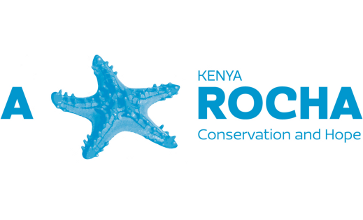Terrestrial research
A Rocha Kenya is committed to ensuring the long-term survival of the five Malindi-Watamu Important Bird Areas (IBAs), designated because of their international importance. The five IBAs include Arabuko-Sokoke Forest; Mida Creek, Whale Island and Malindi-Watamu Coast; Gede Ruins National Monument; Sabaki River Mouth; and the Dakatcha Woodland. These are all found along or near to the coast, just 100 km north of Mombasa.
One of these IBA’s, Arabuko-Sokoke Forest, is considered to be one of the most important forests for bird conservation on mainland Africa. It is rich in rare and endemic wildlife, especially its fauna. Six Globally Threatened bird species are found there, as well as three rare, near-endemic mammals. Preliminary research at another of the IBAs, Mida Creek, suggests that it is one of the most productive mangrove ecosystems on earth, with seven out of nine East African mangrove species found there. Sixty-five species of aquatic bird are regularly recorded on the Creek and reach numbers of over 6,000 individuals. Crab-plovers Dromas ardeola are also found on the creek in numbers exceeding one thousand, giving the site international importance. The Crab-plover is the logo of A Rocha Kenya.
The five Watamu-Malindi IBAs together provide an unusually high diversity of habitats ranging from dry coastal forest, coast scrub and thicket, seasonal freshwater pools, estuarine sand flats, and mangrove forest to beach, reef and off-shore rocky islands. A significant proportion of these habitats are designated as a UNESCO Biosphere Reserve or form part of the Watamu National Marine Park and Reserve, the oldest marine park in Africa.
